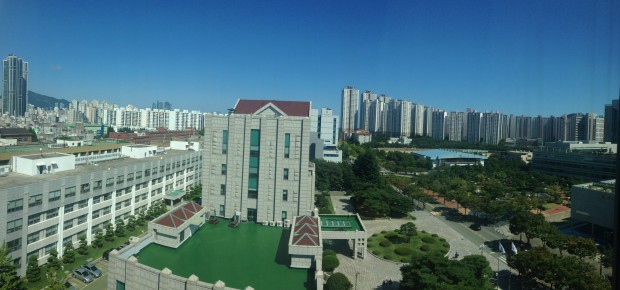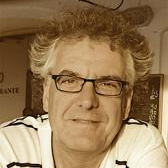Yesterday and today is the time of the lectures and talks, after the introducing field excursion as Christoph has reported. Yesterday evening we waved goodbye to Christoph with a couple of beers, he already needed to leave for another meeting in Durham, UK, early. We started yesterday morning with keynotes by John Suppe on folding and fold scarps and Vincent Cronin on his SLAM project (the seismo-lineament analysis method, visit his webpage for more information).
The next couple of talks lead us to the Mediterranean and small but dangerous faults causing several unexpected M 6 earthquakes with considerable death toll. The session ended with a talk by Yukari Miyasita on physical properties of fault gouges as seismic indicators. The following remote sensing session started with an impressive overview talk by Ramon Arrowsmith followed by talks of our Korean colleagues introducing us into the geomorphology and tectonic morphology of the Korean peninsula.
A very short session of archaeoseismology with only one talk by Miklos Kazmer about deformation within the Prambanan temples on Java followed the keynote of Shmulik Marco on the anisotropy of magnetic susceptibility of sediments shaken by (paleo)earthquakes in the Dead Sea Fault. The pitfalls and efforts of archaeology have been summed up by Manuel Sintubin of Leuven University in the final talk of the first day, showing the outcomes of the ICGP 567. And leaving a unbiased appraisal on archaeoseismology by showing a lot of examples mainly from the Mediterranean, however with a cautionary note.
The first day ended with the Welcome Dinner with typical Korean food in the Alexander restaurant in Busan, and a marvellous Gangnam style dance show of the Pukyong National University students. It was a busy day with large expectations for the next.




No Comments
No comments yet.